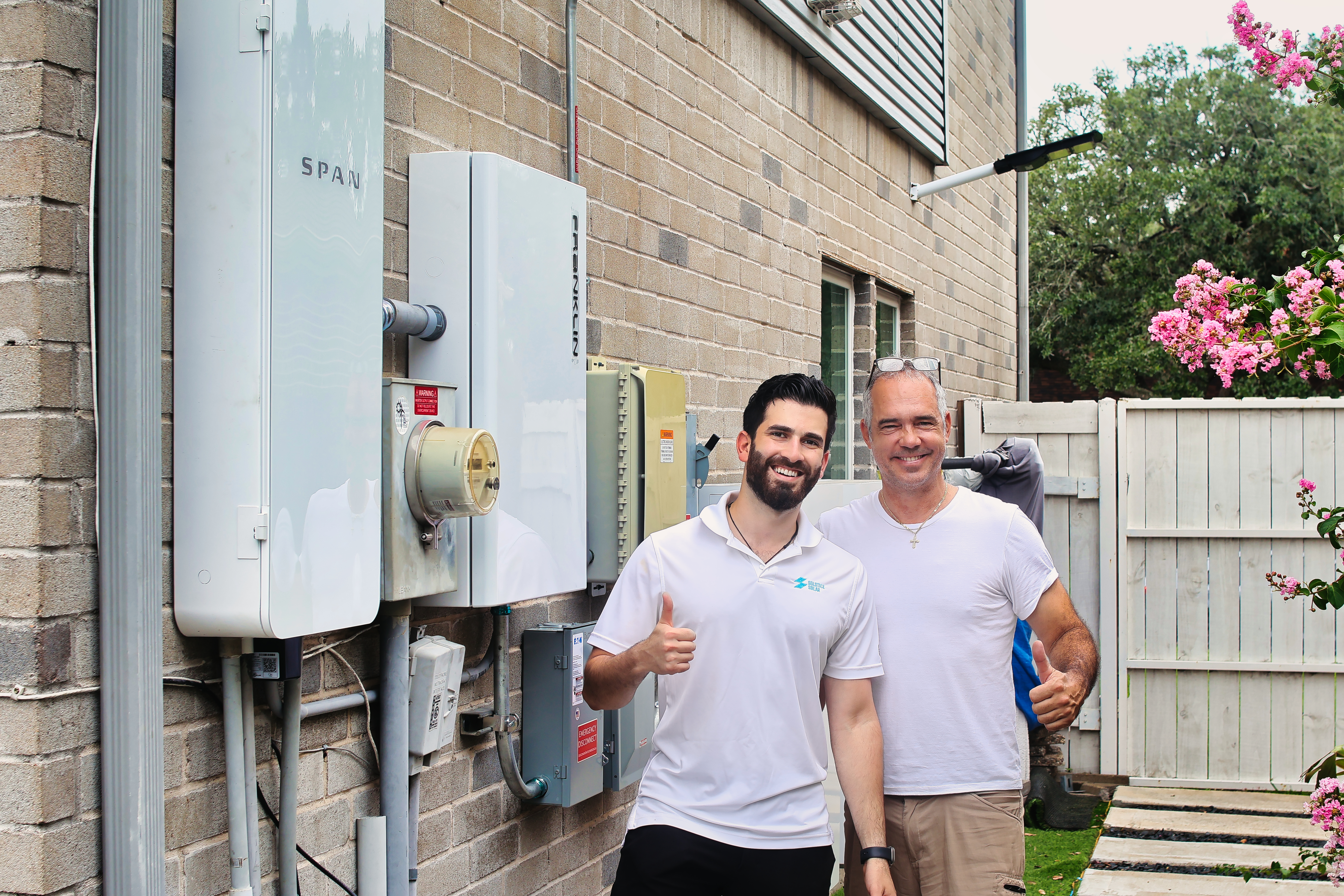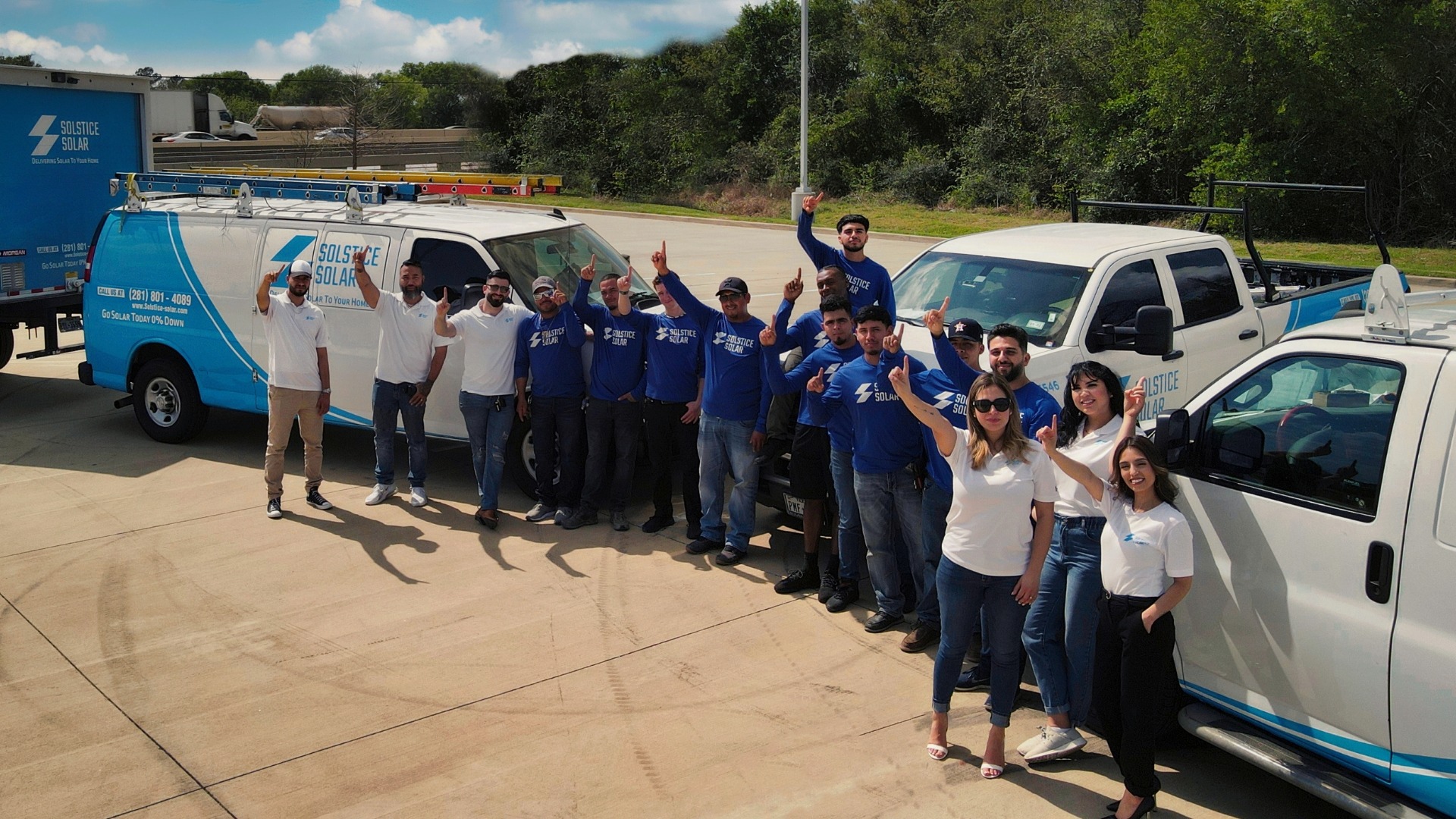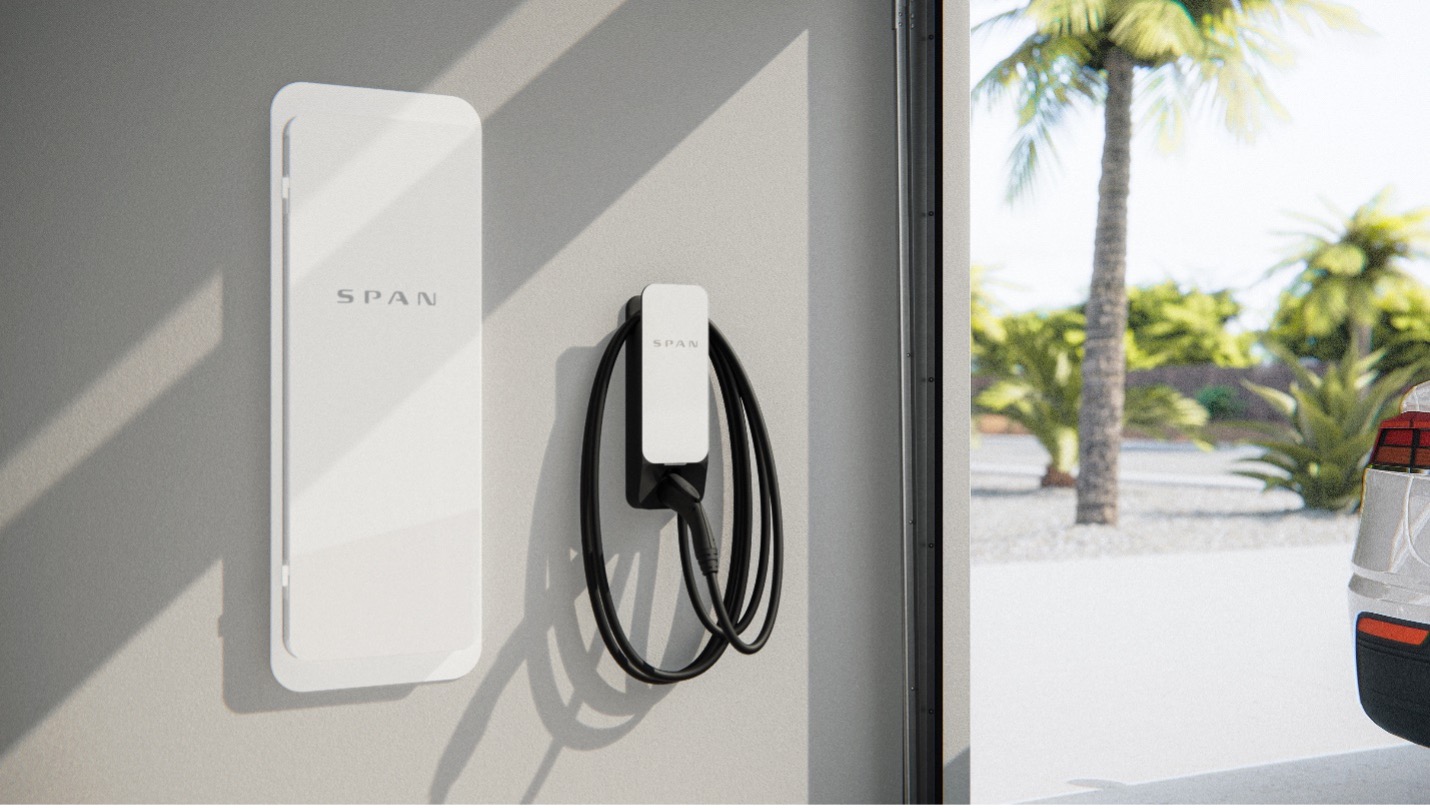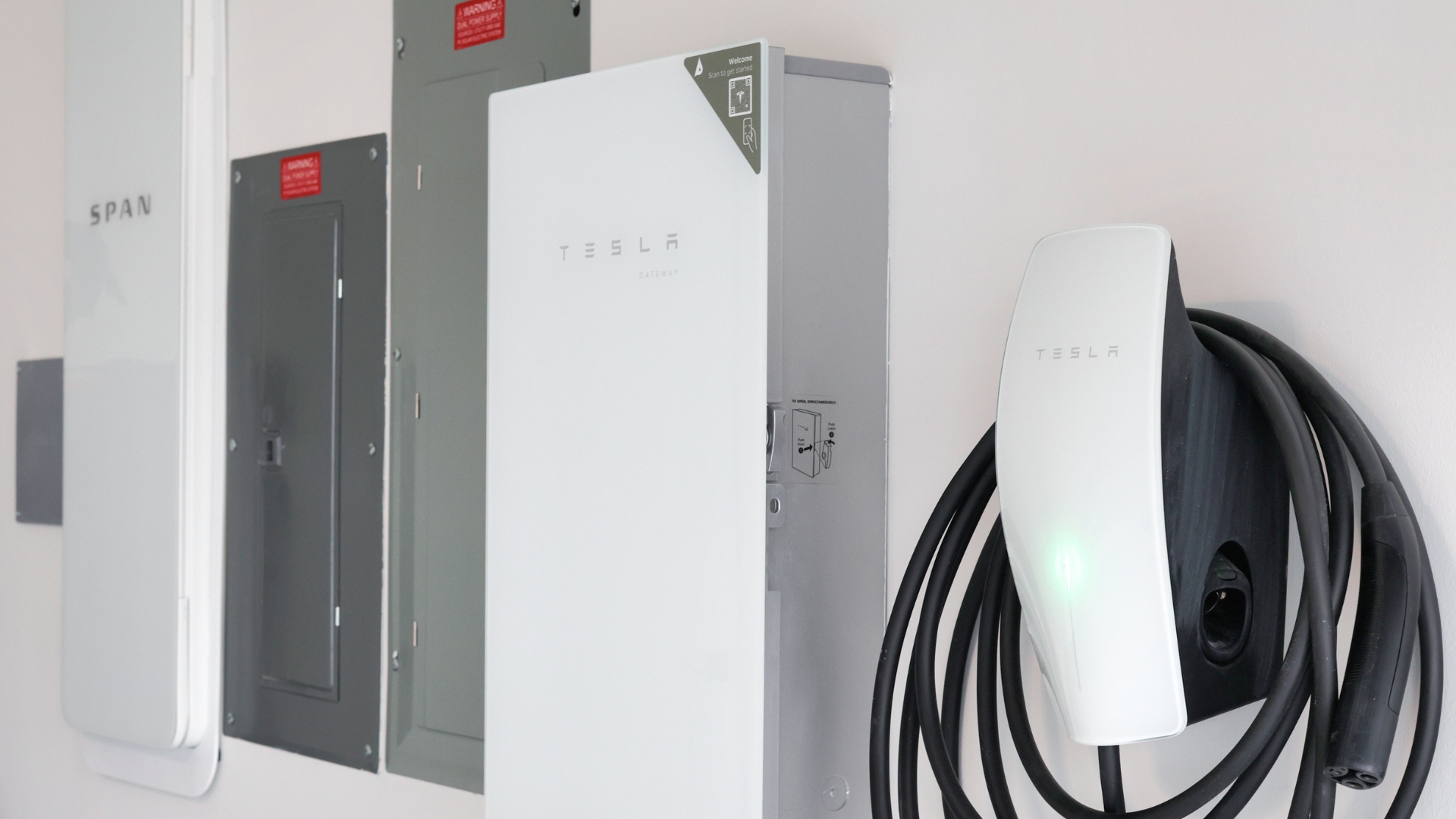Common Solar Battery Storage Myths Debunked
As the demand for solar energy continues to rise, more homeowners are considering solar battery storage systems to store the excess energy generated by their solar panels during the day. However, with new technology comes misinformation, and there are several myths about solar batteries that can make people hesitant to invest in them. Therefore, in this blog, we’ll debunk some of the most common myths about solar battery storage and set the record straight.
Myth 1: Solar Batteries Are Too Expensive
While solar battery systems can seem pricey upfront, their long-term benefits often make them a smart investment, especially if you are a homeowner in Texas. For instance, batteries larger than 3 kWh qualify for the 30% federal solar tax credit, significantly lowering the initial expense. Though Texas doesn’t offer state-specific incentives for solar batteries, some local utility companies have rebate programs that help offset the cost.
Beyond the upfront savings, battery storage can greatly reduce electricity bills, particularly in areas with time-of-use rates or fluctuating energy prices. Pairing a battery with solar panels not only maximizes your solar investment but also protects you from rising utility rates and provides energy independence. This is especially valuable during Texas power outages, where having backup power can be essential. Moreover, Texas offers a property tax exemption on the added value from solar installations, including batteries, meaning your property taxes won’t increase even as your home’s value rises. Thus, by combining solar panels with battery storage, you’re setting yourself up for long-term savings, energy security, and peace of mind, making the initial cost well worth it in the end.
Myth 2: Solar Batteries Don’t Last Long
This myth stems from outdated information. While the first models of solar batteries might have had their issues, nowadays modern solar batteries, especially lithium-ion batteries, are designed for longevity and reliability. In fact, the average lifespan of a high-quality solar battery ages between 10 to 15 years, with many manufacturers offering warranties that guarantee performance over time. Here at Solstice Solar, we offer solid warranties on all our batteries, including Enphase Energy’s IQ Battery 5P with a 15-year warranty, Tesla’s Powerwall 3 with a 10-year warranty, and FranklinWH batteries with a 12-year warranty.
Myth 3: You Only Need Solar Panels, Not Batteries
While solar panels can generate electricity during the day, they do not store energy for use at night or during power outages unless paired with a battery. A solar battery storage system ensures that any excess energy produced during the day is saved for later use, providing power even when the sun isn’t shining or the grid goes down. Without a battery, you may still need to rely on the grid during non-sunlight hours, limiting the full potential of your solar power system.
Myth 4: Solar Batteries Aren’t Eco-Friendly
Solar batteries are often misunderstood as being harmful to the environment due to their manufacturing process. However, modern solar batteries are becoming more sustainable, with manufacturers working to reduce the environmental impact of production and increase recyclability. Not only that, but also as a homeowner by using solar batteries, you are reducing reliance on fossil fuels and decreasing greenhouse gas emissions. Therefore, over time the environmental benefits of a solar battery system far outweigh any initial concerns.
Myth 5: Solar Batteries Don’t Work in Blackouts
This is one of the most common misconceptions about solar battery systems. Solar batteries, when properly installed with an inverter, can indeed provide backup power during blackouts, serving as a lifeline in emergencies by powering critical appliances like refrigerators, medical devices, and lighting. It’s important to note that the solar system must include an inverter that allows for off-grid operation. Not only that, but with advancements in technology, homeowners can also invest in smart electrical panels, such as SPAN panels, to enhance their electricity management during outages, allowing stored energy to last even longer. With the right setup, you can have peace of mind knowing you won’t be left in the dark when the grid goes down.
Myth 6: All Solar Batteries Are the Same
Not all solar batteries are created equal, as they come in various types, including lithium-ion, lead-acid, and flow batteries, each offering different advantages in terms of lifespan, cost, and efficiency. Given that every homeowner has unique energy needs, we offer a diverse selection of batteries from certified manufacturers like FranklinWH, Tesla, and Enphase Energy. While all of these brands are excellent choices, selecting the right battery for your specific requirements is essential to optimize your energy management and budget.
Myth 7: Solar Batteries Are Only for Off-Grid Homes
Not all homeowners want to go completely off the grid, but that doesn’t mean they shouldn’t maximize the benefits of their solar installations. Solar batteries are not just for off-grid setups; in fact, many grid-tied homeowners invest in batteries to reduce their dependence on the grid, protect themselves from outages, and manage rising energy costs. Battery storage offers a smart solution for those who want more control over their energy, whether in urban, suburban, or rural settings, allowing them to take full advantage of the energy their solar panels generate while staying connected to the grid.
As the solar industry continues to evolve, making informed choices based on facts rather than myths has never been more important. If you’re considering adding a solar battery to your home, now is an excellent opportunity to explore this technology. With the potential for energy independence, savings on electricity bills, and peace of mind during power outages, embracing a solar battery can significantly enhance your solar energy experience.
Ready to take the next step? Request a free quote today and discover how solar battery storage can enhance your energy experience!







